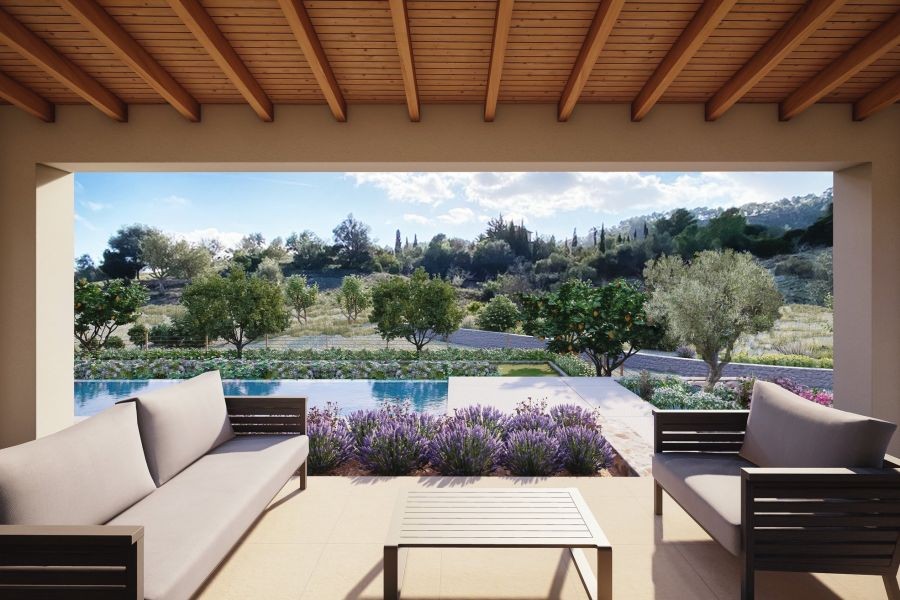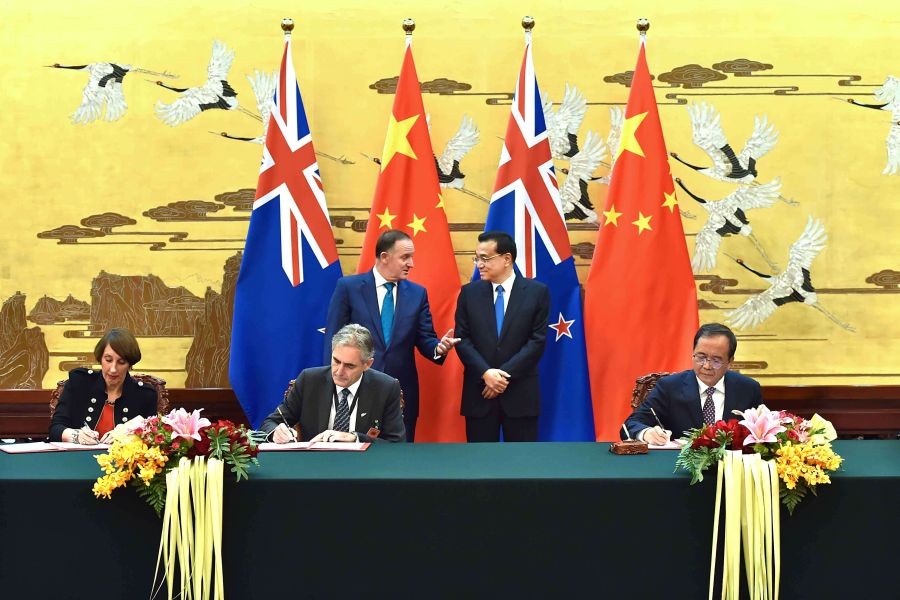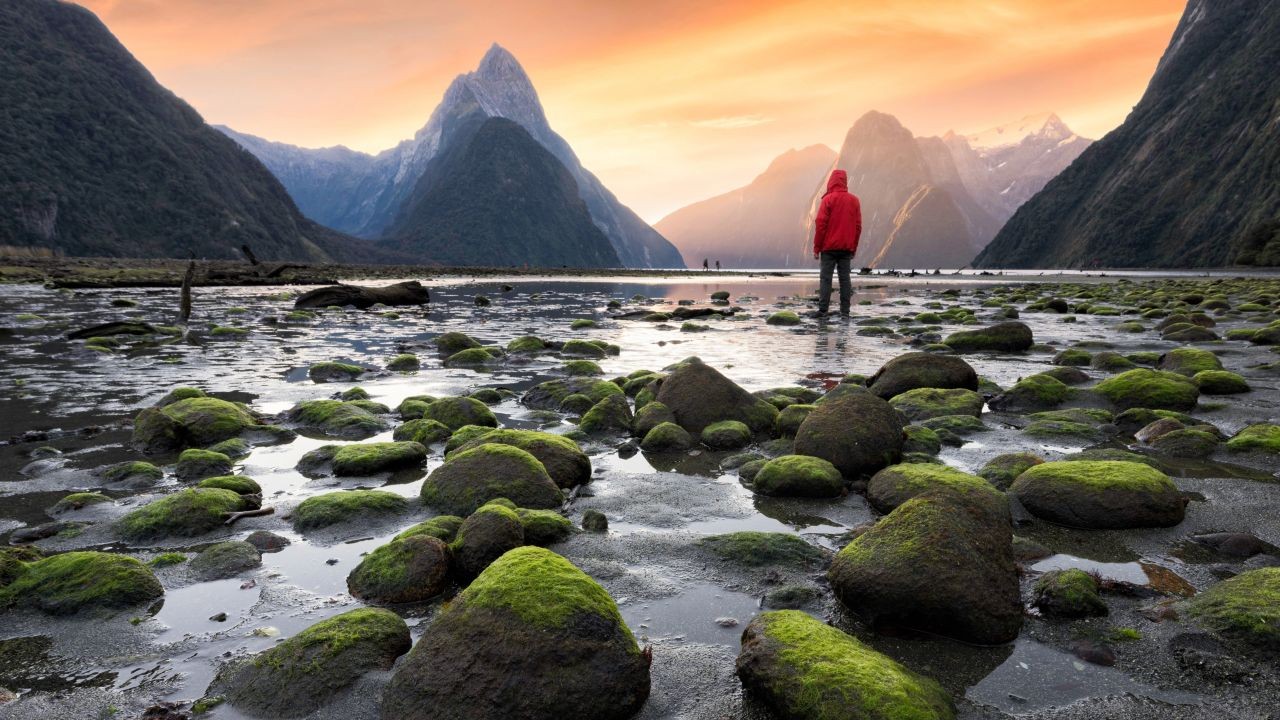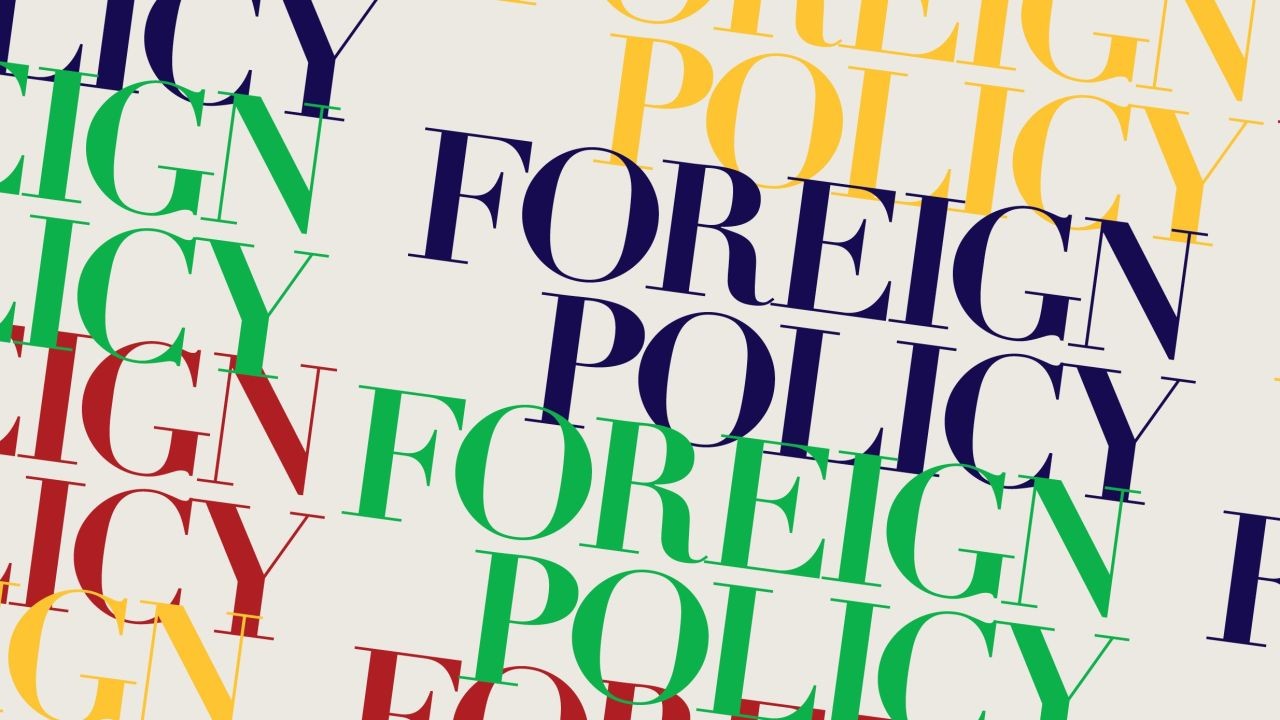Australia's urban landscapes have long been characterized by their bustling cities, yet there's an emerging conversation around transforming these spaces into wildlife-friendly environments by 2040. As urbanization accelerates, the interplay between city development and biodiversity preservation becomes increasingly critical. But can Australian cities truly become sanctuaries for wildlife within the next two decades?
The Growing Need for Wildlife-Friendly Cities
Urban expansion in Australia has put immense pressure on native ecosystems. According to the Australian Bureau of Statistics (ABS), urban areas have expanded by 15% over the past decade, often at the expense of natural habitats. This trend has led to a significant decline in biodiversity, with nearly 1,800 species listed as threatened under the Environment Protection and Biodiversity Conservation Act 1999.
As cities grow, so does the need for green infrastructure that supports both human and wildlife populations. Incorporating nature into urban planning isn't just an environmental imperative; it also enhances the quality of life for residents, reduces urban heat, and improves air quality.
Case Study: Urban Greening in Melbourne
Melbourne has been at the forefront of integrating green spaces into its urban landscape. The city’s "Urban Forest Strategy" aims to double canopy cover by 2040, reducing the urban heat island effect and supporting local wildlife. Initial results have shown a 5% increase in native bird populations since the strategy's implementation in 2012.
This initiative highlights the potential benefits of a citywide commitment to biodiversity. Melbourne's approach could serve as a model for other Australian cities aiming to become wildlife-friendly.
Technological Innovations Driving Change
Technology plays a pivotal role in transforming urban environments. Australian cities are increasingly leveraging smart technology to monitor and enhance urban biodiversity. For instance, IoT sensors are being used to track wildlife activity and habitat health, providing real-time data that informs conservation efforts.
Globally, Singapore’s use of AI in urban planning serves as a compelling example. The city-state uses AI to optimize green space allocation, ensuring that every resident lives within a 10-minute walk of a park. This model could be adapted for Australian cities, aligning with the tech-savvy nature of Australia's urban planners.
Challenges and Regulatory Insights
While the vision of wildlife-friendly cities is compelling, several challenges must be addressed. Regulatory frameworks must evolve to support urban biodiversity initiatives. The Australian Competition & Consumer Commission (ACCC) and local councils need to collaborate on establishing guidelines that incentivize green architecture and penalize environmentally detrimental practices.
Moreover, funding remains a critical hurdle. Although federal initiatives like the National Landcare Program provide some support, cities often require more substantial financial backing to implement large-scale green infrastructure projects.
Expert Opinion: Balancing Urban Growth and Biodiversity
Dr. Samantha Roberts, an urban ecologist at the University of Sydney, emphasizes the importance of integrated planning. "Urban development and biodiversity conservation are not mutually exclusive. By adopting a holistic approach that considers ecosystem services in urban planning, cities can thrive economically while preserving their natural heritage."
Future Trends and Predictions
Looking ahead, the integration of advanced technologies and nature-based solutions is set to redefine urban landscapes. By 2035, it's predicted that 50% of new urban developments in Australia will incorporate green roofs and walls, significantly boosting urban biodiversity.
Furthermore, as climate change intensifies, the resilience of urban ecosystems will become a priority. Cities like Sydney and Brisbane are already investing in climate-adaptive infrastructure, which includes designing landscapes that can withstand extreme weather while providing habitats for native species.
Conclusion and Call to Action
The journey towards wildlife-friendly cities in Australia is both challenging and inspiring. By 2040, the potential exists for urban areas to transform into vibrant ecosystems that support both people and wildlife. However, realizing this vision requires a concerted effort from policymakers, urban planners, and the community.
What steps can you take in your community to support urban biodiversity? Share your thoughts and join the conversation on how we can collectively shape the future of Australian cities.
People Also Ask
- How does urbanization impact biodiversity in Australia?Urbanization leads to habitat loss and fragmentation, directly affecting biodiversity. According to the ABS, urban expansion has resulted in a 30% decline in certain native species.
- What strategies are effective for creating wildlife-friendly cities?Integrating green spaces, using IoT for wildlife monitoring, and adopting nature-based solutions are effective strategies. These approaches enhance biodiversity and improve urban living conditions.
- What are the economic benefits of wildlife-friendly cities?Investing in green infrastructure can boost property values, reduce healthcare costs due to improved air quality, and promote eco-tourism, contributing positively to the economy.
Related Search Queries
- Wildlife-friendly cities in Australia
- Urban biodiversity strategies
- Green infrastructure initiatives Australia
- Technology in urban planning
- Future of Australian cities
- Smart city innovations
- Environmental policies Australia
- Climate change impact on urban areas
- Green architecture benefits
- Urban ecology trends 2040
































FaustoNix
8 months ago